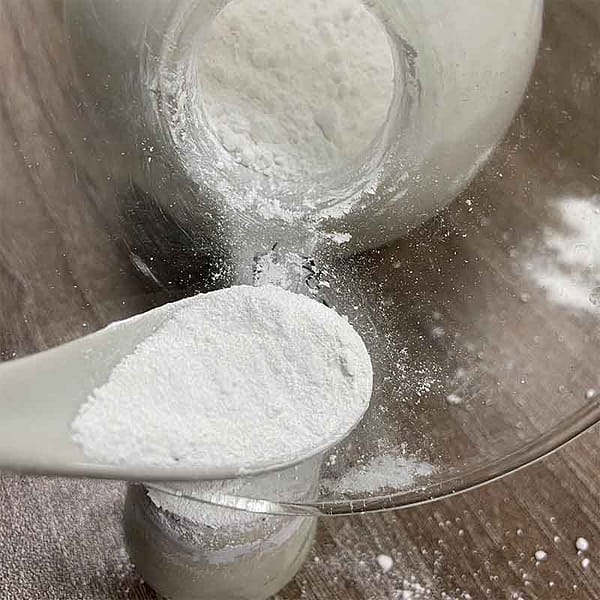The titanium dioxide pigment, sometimes referred to titanium white or Pigment White 6(PW6) is a market popular. This is especially true in the fields of rubber and plastics, paints and paper. The versatile chemical is famous for its dazzling white color. It plays an important role in the transformation of raw materials into vibrant, finished products. Explore the applications of titanium dioxide as well as its production procedures. Discover the impact it plays in a variety of industries.
The Canvas of Titanium Dioxide, A Palette of Possibilities
Titanium dioxide serves as an important component in the manufacture of a multitude of items, contributing to the aesthetic appeal and function of the items we use every day. Pigment White 6 plays a significant role in the creation of paints. This stunning transparent white color increases the vibrancy and cover of both industrial and artistic applications.

Titan dioxide is utilized in the industry of plastics to add color, and also to act as a UV stabiliser, safeguarding against harmful UV radiation. This dual function makes it a vital ingredient in a myriad of plastic products including packaging materials and sturdy outdoor products.
The Manufacturing Alchemy – Titanium Dioxide Production Processes
The production of titanium dioxide is an intricate process, with two predominant methods in the forefront that are the sulfuric acid method as well as the chlorination process. Each method comes with its own intricacies and applications, contributing to the flexibility of titanium dioxide across various industries.
Sulfuric Acid Method – This method involves the reaction between sulfuric acid, a titanium-rich ore, and. It results in the solution of titanium sulfate. This solution is then hydrolyzed in order to create hydrated titanium dioxide. After calcination, the final product will be a fine, white powder that is employed in many industries, such as paint and paper.
The Chlorination Method contrast, the chlorination process makes use of chlorine gas to react with ores that contain titanium, creating titanium tetrachloride. After a sequence of chemical reactions, the titanium tetrachloride will be converted into pure titanium oxide. This method is widely used in the production and use of titanium dioxide by plastics, rubber and various other industries.
Titanium Dioxide Applications: Art and Science
Titanium dioxide is a major ingredient in the production of paints across all industries. The capability of titanium dioxide to give a vibrant, white color, with high coverage, makes it an ideal choice for both residential and industrial applications. Its brilliance is not just visually appealing, but also functional as well. It enhances the durability of painted surfaces.
Shaping Plastics with Radiance: In plastics, titanium dioxide serves a dual purpose. In addition to its function as a white pigment, titanium dioxide also functions as a UV stabiliser, which provides vital protection against the damaging impact of sunlight. It is therefore an essential element of the process used to make outdoor plastics because it helps to ensure that they maintain their structural integrity and visual appeal over time.
Opacity and whiteness of paper in the paper industry, titanium dioxide contributes to the whiteness and transparency of paper products. The addition of titanium dioxide increases the brightness of the paper, making printed content more vibrant and easy to read. Titanium dioxide is employed in the making of papers for more than aesthetic reasons. It is also an essential element in enhancing the overall quality.
Rubber Resilience and UV Resistance: The rubber industry is benefited by the UV protection provided by titanium dioxide. Titanium dioxide protects rubber-based products from harmful ultraviolet radiation.
Beyond Pigment Beyond Pigment: Titanium Dioxide’s Invisible Effect
While the effects of titanium dioxide are evident as a colorant it is much more than it. Its capacity to increase the resilience, durability and endurance of materials in various industries makes it a nebulous but essential contributor to the quality and performance of final products.
In the end, titanium dioxide emerges as an important substance as it seamlessly blends into multiple industries. Pigment White 6 is a pigment that gives a radiant look to all types of canvases and styles, whether industrial or artistic. Its production is a blend of two processes that include chlorineation and sulfuric acid. This ensures a wide spectrum of possible applications. Whether enhancing the visual allure of paints, enhancing the protection of the plastics against UV radiation, improving the brightness of paper, or protecting rubber, titanium dioxide is regarded as a proof of the harmony of art and science in the realm of manufacturing. Its shining light shines on our everyday lives and is the basis for a range of products that have enduring shine.






